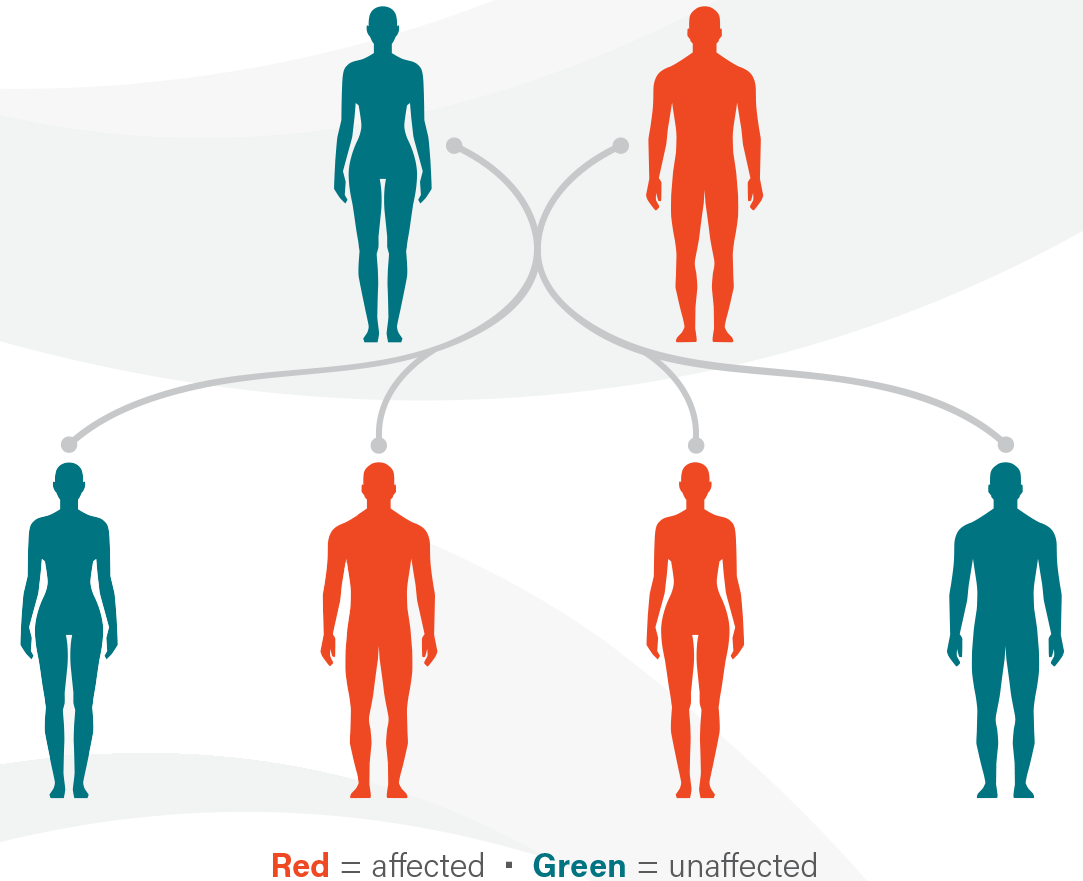Primary Periodic Paralysis is a rare neuromuscular condition
You Are Not Alone: The Power of Education, Advocacy, & Support
Watch our program from the 2020 Periodic Paralysis Association (PPA) virtual conference, where we brought doctors and patients together to speak on topics surrounding PPP. These topics included the diagnosis and impact of PPP, management of PPP, and the support Xeris CareConnection™ can provide to those living with PPP.
What is Primary Periodic Paralysis (PPP)?
PPP is a rare condition that affects your muscles and causes episodes of muscle weakness and/or temporary paralysis.1,2 Episodes of weakness or paralysis usually start happening in childhood, before age 20. Some people begin having attacks as early as age 2 or even younger.3 PPP episodes (muscle weakness or temporary paralysis) can vary in how often they occur, how severe they are, and in how long they last. A study found that most episodes range from 30 minutes to several hours. For some patients, episodes can last for days.1*What causes Primary Periodic Paralysis?

How is PPP diagnosed?
Incorrect diagnoses and delays in diagnosis are common because symptoms can mimic those of more common conditions.1,2 If PPP is suspected, your doctor will usually review your medical history and your family medical history, then perform a physical exam and possibly blood tests.2 As PPP is typically inherited, your doctor may also recommend genetic testing.- There is a 50% chance of having PPP if one of your parents has PPP4
- However, about 30% of people with PPP do not have one of the common genetic mutations associated with this condition2
Subtypes of PPP
There are several subtypes of PPP. What makes them different from one another is the level of potassium in the blood during an episode, what happens during the episode, what triggers the episode, and which genes are involved since multiple genes can cause PPP. There are six genes which may be involved in one or more of the subtypes.1,2,5 The most common subtypes of PPP are:- Hyperkalemic [hai-pr-kuh-lee-muhk]—usually associated with high potassium levels during an episode2
- Hypokalemic [hai-po-kuh-lee-muhk]—usually associated with low potassium levels during an episode2Some people have episodes that are similar to hyperkalemic PPP and hypokalemic PPP, but their potassium levels are normal. This is called normokalemic [nor-mo-kuh-lee-muhk] PPP.5
- Paramyotonia congenita [pa-ruh-mai-oh-toe-nee-uh kuhn-jeh-nuh-ta] (PMC)—causes muscle stiffness and may be associated with normal or high potassium levels during an episode1,6
- Andersen-Tawil syndrome (ATS)—causes muscle weakness, changes in heartbeat, and distinct skeletal features. It is associated with low, normal, or high potassium levels during an episode2,7
*Exploratory study in 94 genetically diagnosed men and women ages 19-84, designed to create an evidence-based comprehensive characterization of hyperkalemic periodic paralysis (hyperPP).
